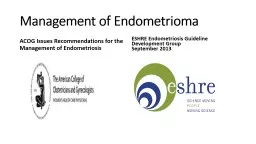PPT-“Writing So That Clinicians Can Make Appropriate,
Author : elizabeth | Published Date : 2023-12-30
EvidenceBased Decisions NATA Journals Reviewer Workshop 2018 New Orleans LA June 26 2018 EvidenceBased Practice Progress and Failures Craig R Denegar PhD PT ATC
Presentation Embed Code
Download Presentation
Download Presentation The PPT/PDF document "“Writing So That Clinicians Can Make A..." is the property of its rightful owner. Permission is granted to download and print the materials on this website for personal, non-commercial use only, and to display it on your personal computer provided you do not modify the materials and that you retain all copyright notices contained in the materials. By downloading content from our website, you accept the terms of this agreement.
“Writing So That Clinicians Can Make Appropriate,: Transcript
Download Rules Of Document
"“Writing So That Clinicians Can Make Appropriate,"The content belongs to its owner. You may download and print it for personal use, without modification, and keep all copyright notices. By downloading, you agree to these terms.
Related Documents

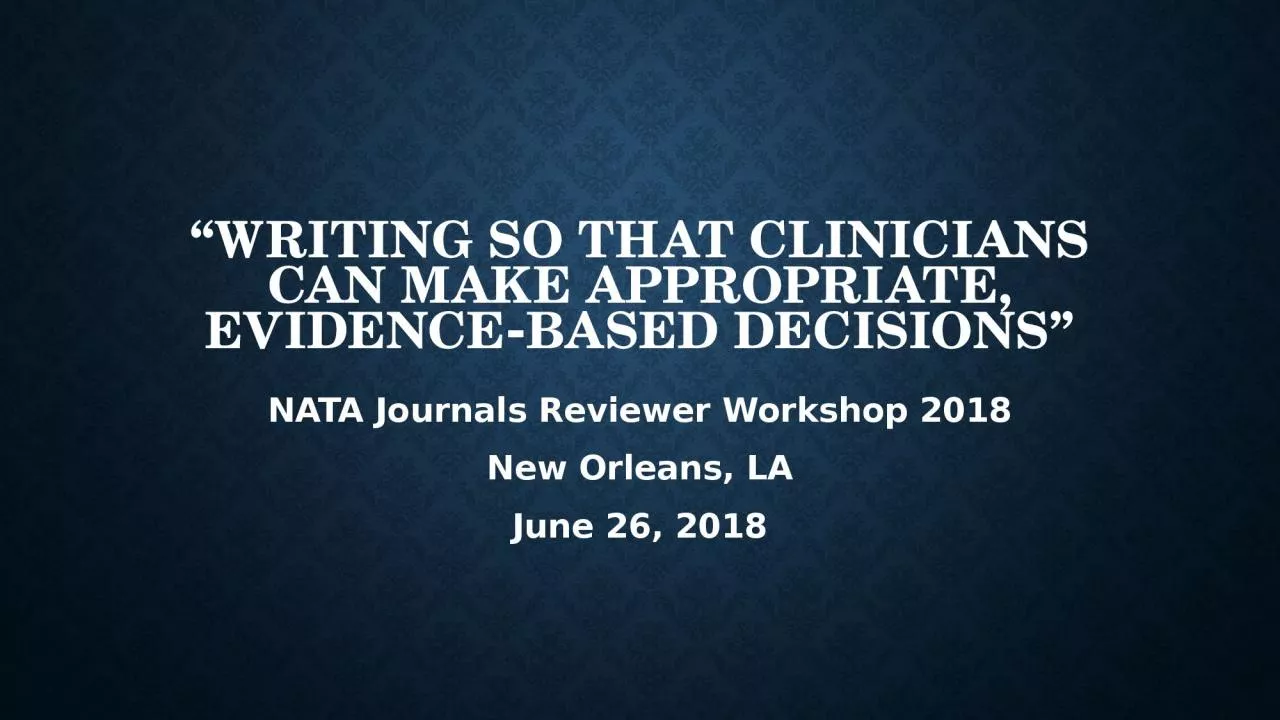
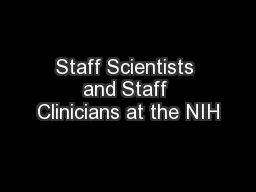

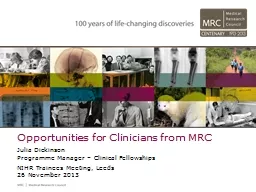
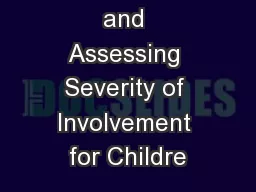
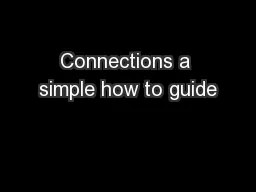
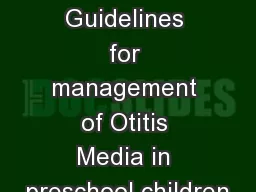
![[DOWNLOAD] - Developmentally Appropriate Practice in Early Childhood Programs Serving](https://thumbs.docslides.com/901690/download-developmentally-appropriate-practice-in-early-childhood-programs-serving-children-from-birth-through-age-8.jpg)
![[DOWNLOAD] - Teaching Student-Centered Mathematics: Developmentally Appropriate Instruction](https://thumbs.docslides.com/901781/download-teaching-student-centered-mathematics-developmentally-appropriate-instruction-for-grades-pre-k-2-volume-i.jpg)
![[EBOOK] - 180 Days of Writing for First Grade - An Easy-to-Use First Grade Writing Workbook](https://thumbs.docslides.com/901798/ebook-180-days-of-writing-for-first-grade-an-easy-to-use-first-grade-writing-workbook-to-practice-and-improve-writing-skills.jpg)


